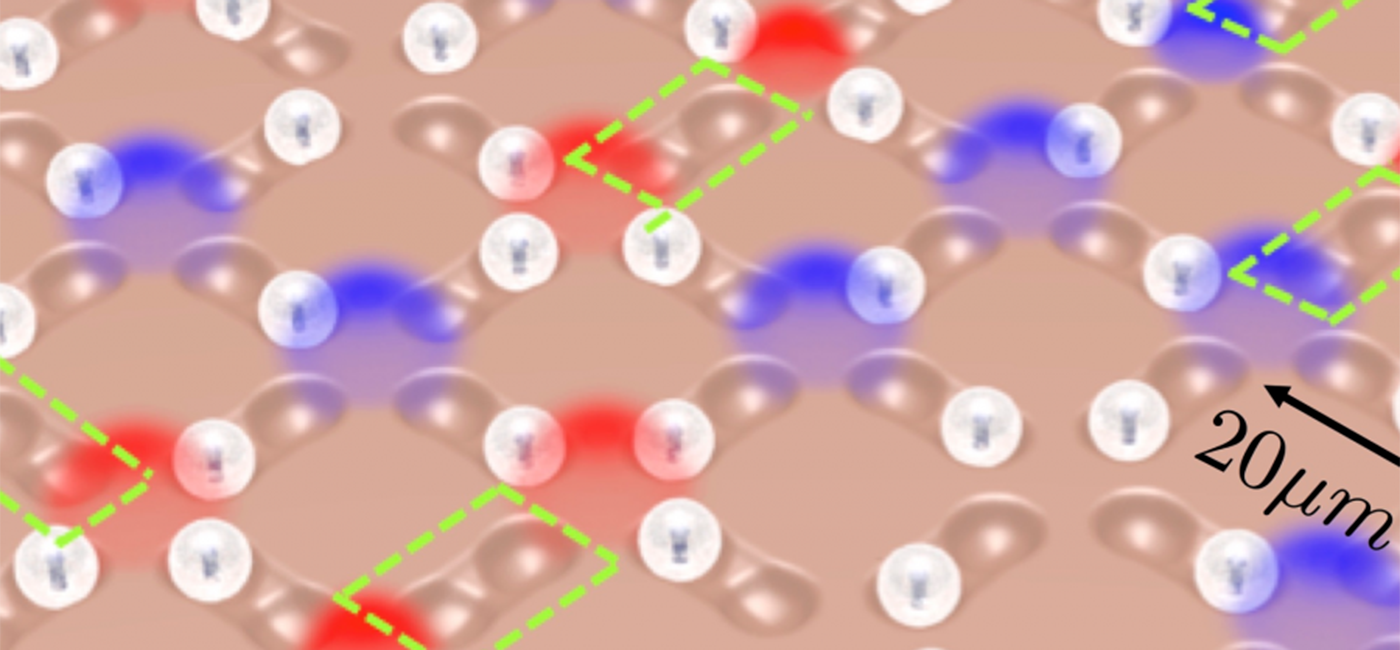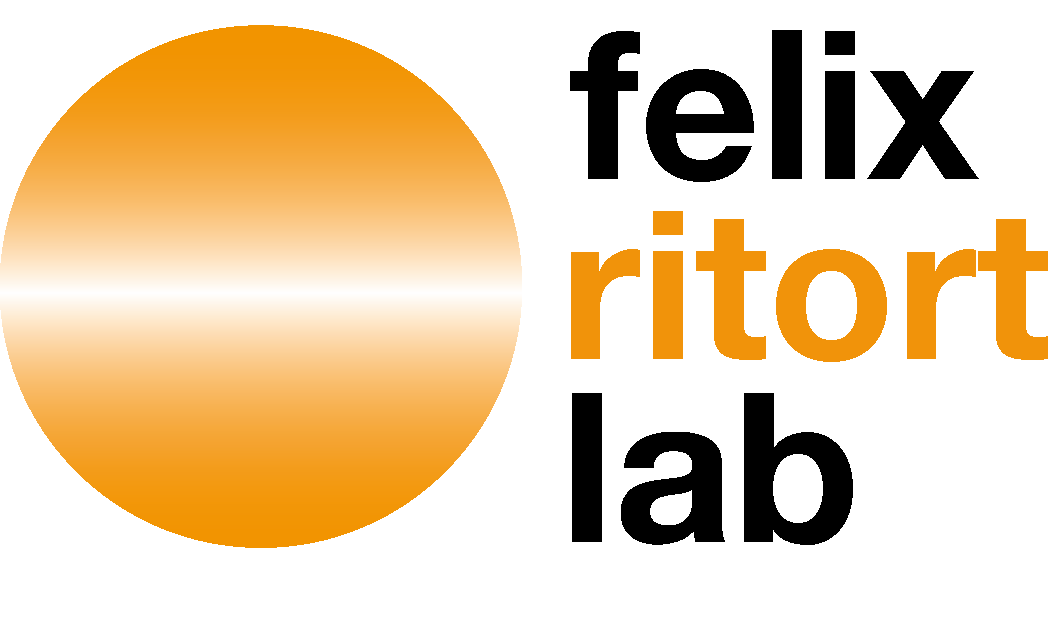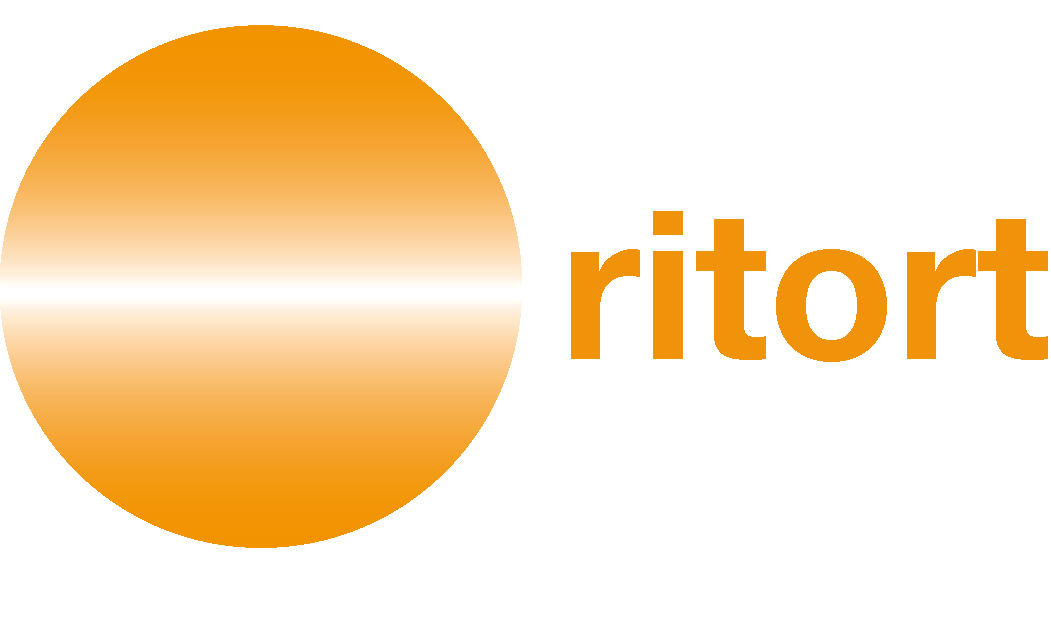
Seminar “Hollow plasmonic antennas for broadband SERS spectroscopy”
Date
Wednesday, 17th January 2018
Time
12:00 am
Place
University of Barcelona
Faculty of Physics Building
Room 3.20, 3rd floor
Speaker
Dr Gabriele C. Messina, Istituto Italiano di Tecnologia (Italy)
Abstract
The capability of plasmonic structures to enhance the electromagnetic field on confined volumes has opened up new opportunities for the study of biological systems at the nanoscale. In this regard, advanced fabrication plays a fundamental role, offering the possibility to carefully tailor the geometry of nanoantennas according to the desired functionalities.
In the past years, our group has developed a method for the production of unconventional hollow plasmonic nanocylinders protruding from a substrate [1].
The tridimensional configuration assures a strong field enhancement on the tip of the nanostructures and an optimal coupling with cellular membranes, resulting in excellent performances for the in-vitro investigation of living cells through surface enhanced Raman spectroscopy [2-3].
The 3D antennas can be easily integrated on multi-electrode arrays (MEAs) devices, allowing for the development of a multifunctional platform able to simultaneously perform both spectroscopic and action potential investigation of neuronal networks [4]. The excitation of these nanotubes with short laser pulses leads to the emission of hot-electrons in water from their tips [5] and this effect can be conveniently tuned to generate nanoshock-waves in liquid capable to open transient pores into lipid bilayer membranes. The presence of a channel inside the 3D structure supports the integration with fluidic systems, so that the antennas can act as effective nanosyringes for the delivery of molecules inside the cellular compartment [6].
The injection of hot-electrons in water, combined with an accurate reshaping of the substrate, has also been exploited to create cavitation bubbles that are able to capture, concentrate and release molecules and other small moieties to specific target areas. To conclude, some recent results about the role of the electromagnetic field distribution of 3D antennas in the manipulation of nanosized objects in liquid will be discussed.


